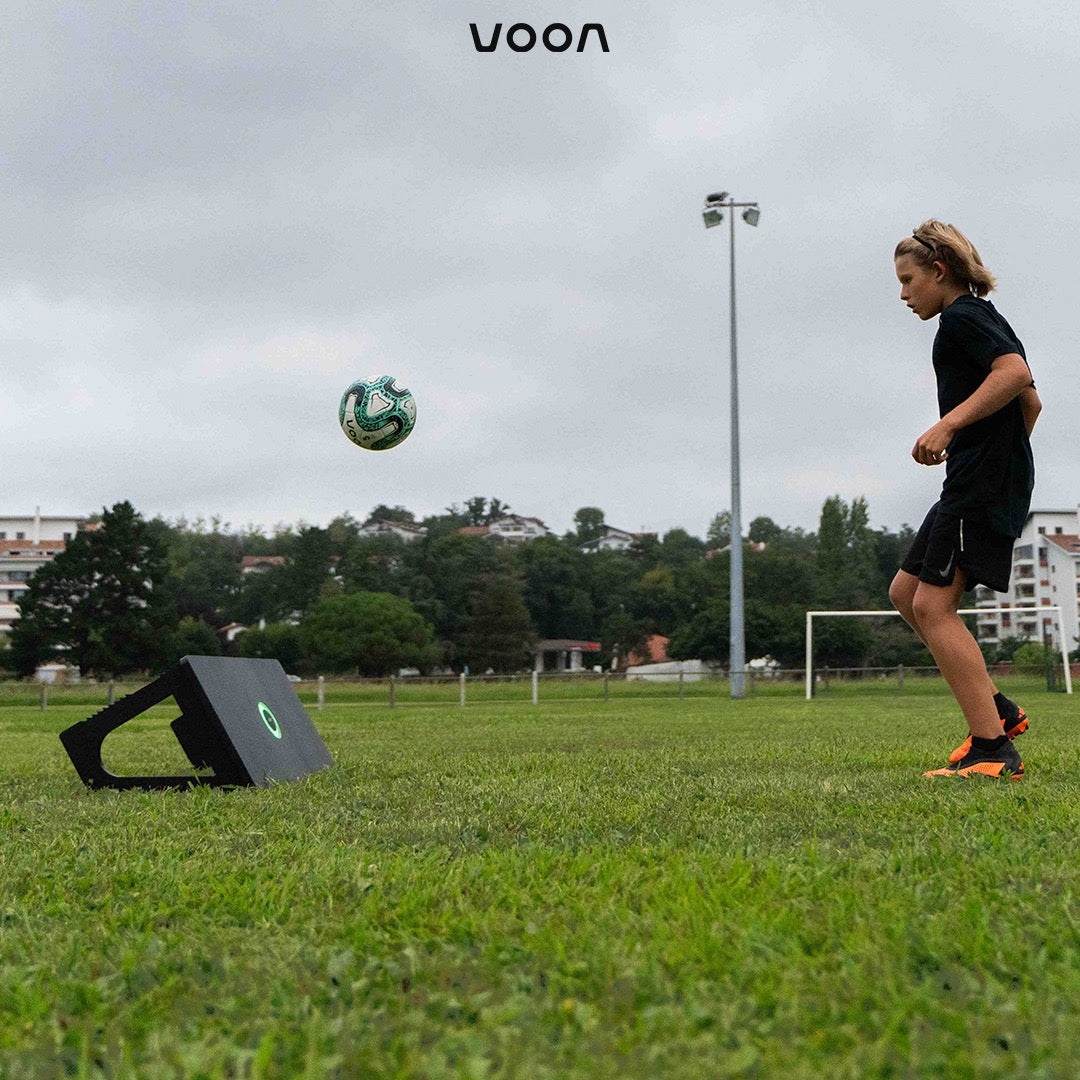Skills Development with the Rebounder in Football Coaching: A Technical and Professional Approach
Here are 12 drills to work on the football rebounder with double rebounds, both low and high:
-
Enhancing Passing Strength: Utilize the rebounder as a key tool to improve strength and precision in passes. It is recommended to execute firm passes with a specific angle to induce controlled and challenging rebounds.
-
Control and Technical Elevation: Integrate exercises that encourage the precise elevation of the ball after a rebound. This not only improves control technique but also promotes spatial awareness and anticipation of the rebound.
-
Height Variation: Design exercises that demand quick changes between high and low rebounds. This variation challenges players' adaptability and enhances their control and response to different game situations.
-
Dribbling and Tactical Execution: Incorporate activities that combine dribbling around the rebounder with tactical executions, such as low and high passes. This develops players' ability to make quick decisions and execute specific tactics during the game.
-
Volley Mastery: Focus on volleying, alternating between low and high volleys. This exercise perfects the striking technique, eye-foot coordination, and the ability to adapt to different rebound heights.
-
Sprint and Distance Control: Set specific distances to simulate realistic game situations. Players should run towards the rebounder, execute a high pass, and then demonstrate control upon receiving the ball again. This improves endurance and technical execution under pressure.
-
Strategic Use of the Chest: Integrate the rebounder to improve ball control with the chest. After a rebound, instruct players to execute precise low passes, incorporating the chest as a point of contact.
-
Volley with Power and Control: Emphasize power and precision in volley striking. Players should execute controlled volleys at the second rebound, showcasing mastery in both strength and technical control.
-
Technical Heading: Design exercises that involve heading the ball in aerial rebounds. This approach enhances heading technique, jumping ability, and coordination between head movement and ball contact.
-
Integration of Turns: Utilize turns around the rebounder to improve agility and the ability to change direction. Combining turns with passes of different heights strengthens players' ability to quickly adapt to various game situations.
-
Dynamic Wall Play: Place two rebounders in sequence to replicate wall play situations. Players must execute precise and controlled passes, enhancing their connection with each other and the ability to use rebounds in tactical play.
-
Competition and Precision Assessment: Establish specific point targets for each type of pass and volley. Implement competitions among players to encourage optimal performance and provide a quantitative assessment of the skills developed.
This technical and professional approach using the double rebounder provides a comprehensive framework for the development of specific football skills, significantly contributing to both tactical and technical progress in players.
Find the best Smart Football Rebounders in our shop.



